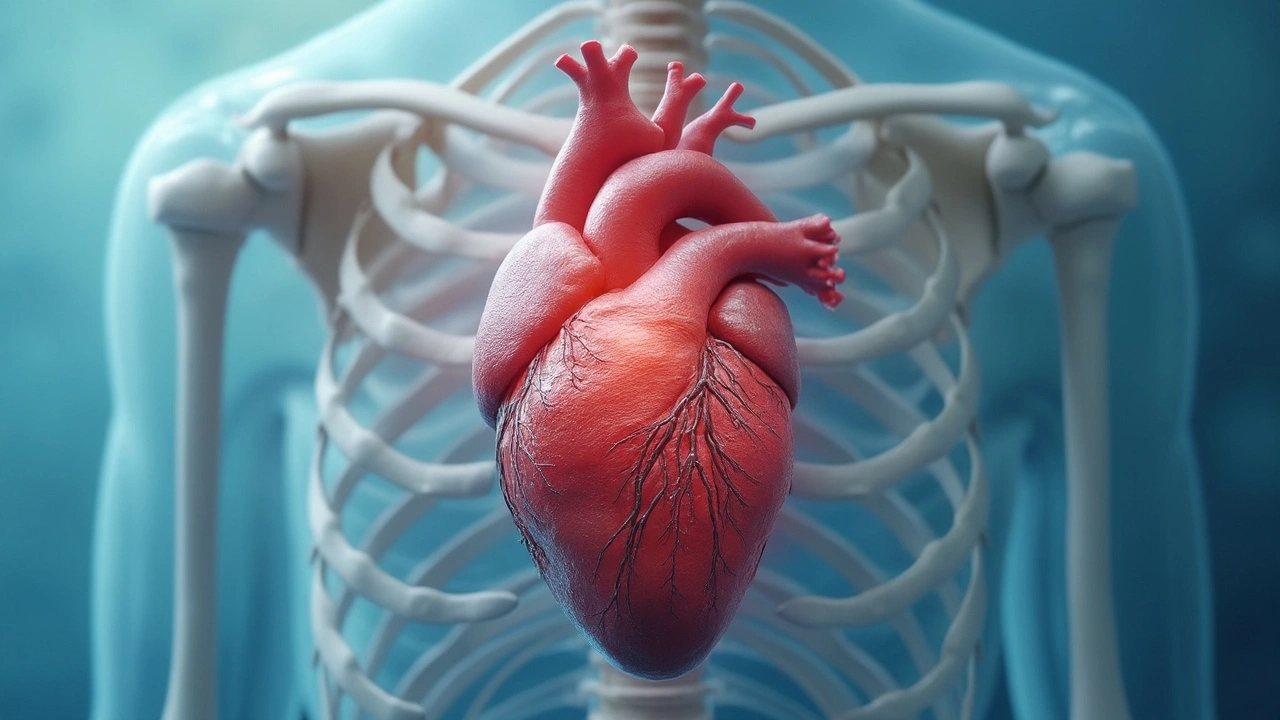Bone Health: Simple Steps to Stronger Bones
Your bones rebuild constantly, but after 30 you can lose more than you make if you ignore them. Good news: small daily changes add up fast. This page gives clear, practical ways to keep bones strong and lower fracture risk.
Start with what you eat. Aim for 1000–1,200 mg of calcium a day—dairy, canned salmon, leafy greens and fortified plant milks are easy picks. Vitamin D helps your body absorb calcium; most adults benefit from 800–2,000 IU daily in fall and winter or year-round if tests show low levels. Include enough protein: 0.8–1.2 grams per kg of body weight supports bone repair, especially as you get older.
Move your body in ways bones like. Weight-bearing activities—walking, hiking, dancing, climbing stairs—stress bones and keep them dense. Add resistance training twice a week: bodyweight squats, lunges, rows or light weights for 20–30 minutes. Balance and mobility work (tai chi, single-leg stands) reduces falls more than you'd expect.
Daily habits that actually help
Cut things that hurt bones. Heavy alcohol, smoking, and too much soda or salt speed bone loss. Limit caffeine and keep sodium in check; swapping processed snacks for whole foods helps. If you take long-term steroids, proton pump inhibitors, or some anticonvulsants, talk with your doctor—those drugs raise fracture risk.
Think supplements wisely. Calcium citrate is gentler on the stomach and works with or without food; calcium carbonate needs food to absorb. Don't take more than 500–600 mg of calcium at once—split doses. Vitamin K2 and magnesium support bone metabolism but talk with your clinician before adding them. Avoid megadoses of any supplement.
Watch your weight and movement. Very low body weight raises fracture risk, while regular weight-bearing exercise protects you. If you’re unable to do high-impact work, resistance bands and supervised strength classes are solid options. For older adults, improving gait and lighting at home prevents the slips that often lead to fractures.
When to get checked
Ask for a DEXA scan if you’re a woman over 65, a man over 70, or earlier if you have risk factors like early menopause, repeated fractures, chronic steroid use, or low body weight. Bone density tests guide treatment decisions—lifestyle changes alone may be enough for some, while others need medication such as bisphosphonates or newer options your doctor will explain.
Try this starter week: three 30-minute brisk walks, two 30-minute strength sessions (bands or weights), two balance sessions of 10 minutes, and daily 1,000–1,200 mg calcium from food plus a 1,000 IU vitamin D supplement if needed. Swap one soda for water, add two servings of leafy greens, and replace processed snacks with nuts or yogurt. Track progress and adjust with your doctor every few months.
Small consistent steps beat dramatic short-term fixes. Focus on steady calcium and vitamin D intake, regular weight-bearing and strength work, quit smoking, limit booze, and get screened when recommended. Talk to your healthcare provider to tailor a plan that fits your life and lowers your fracture risk.

Hypertension's Hidden Toll on Bone Health
High blood pressure isn't just a heart concern—it can take a toll on your bones, too. Studies reveal a connection between hypertension and decreased bone density, leading to conditions like osteoporosis. Explore the surprising impact of high blood pressure on your skeletal system and discover practical strategies to support both heart health and strong bones.
- Health and Wellness (58)
- Drug Information (45)
- Pharmacy Information (19)
- Medical Conditions (17)
- Supplements (4)
- Travel Health (2)
- Parenting (2)
- Diabetes (2)
- Mental Health (2)
- Heart Health (1)
-
Cmax and AUC in Bioequivalence: Understanding Peak Concentration and Total Drug Exposure
3 Dec 2025 -
Sleep Problems and Insomnia Caused by Medications: Practical Tips
16 Dec 2025 -
How to Document Provider Advice About Medications for Later Reference
27 Nov 2025 -
Circadian Rhythm Disorders: Understanding Jet Lag and Delayed Sleep Phase
26 Dec 2025 -
Thyroid Medications: How to Take Levothyroxine Right to Avoid Absorption Problems
11 Dec 2025

12.03.25
Alistair Mukondiwa
11